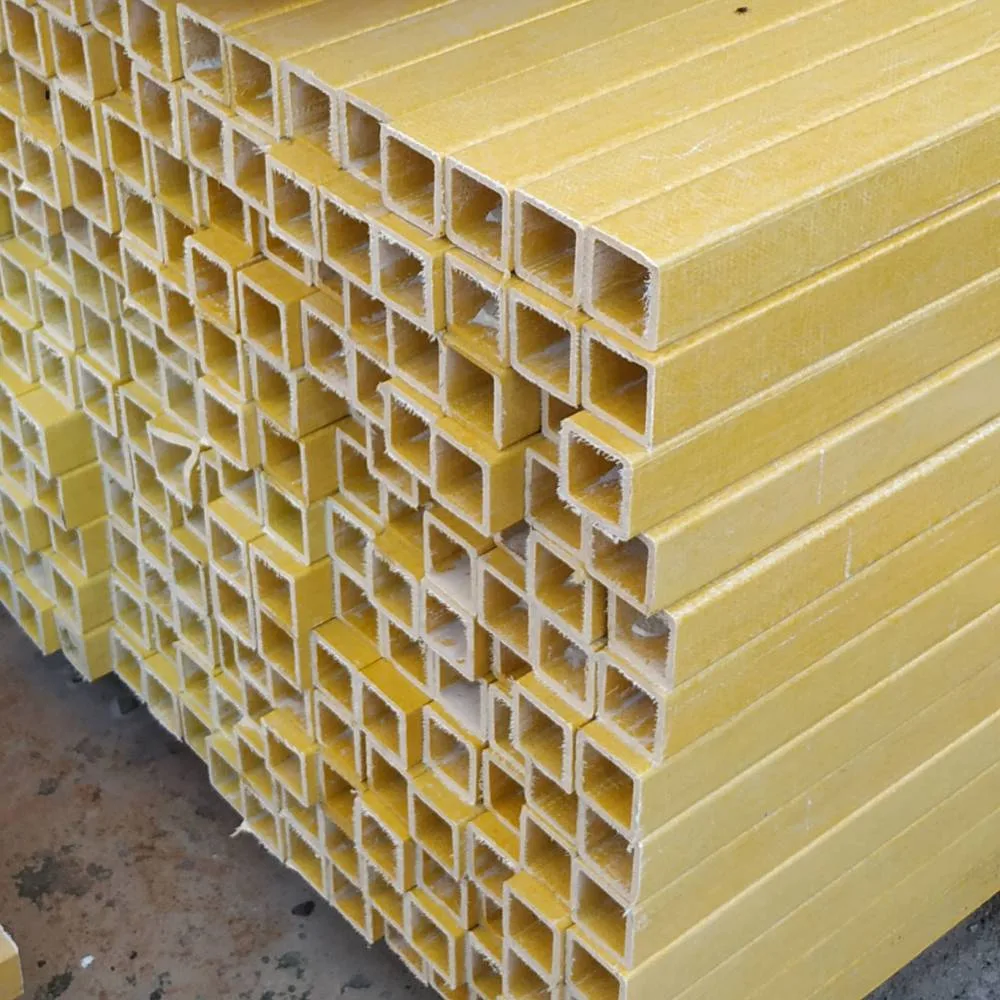Fiber-reinforced polymer (FRP) has emerged as a widely-used material across industries ranging from construction to automotive and marine sectors. While known for its impressive strength-to-weight ratio and corrosion resistance, FRP also presents certain limitations that users must carefully consider. This article will comprehensively explore the advantages and disadvantages of FRP, helping you determine if it’s the best choice for your specific needs.

advantages and disadvantages of frp
What is Fiber-Reinforced Polymer (FRP)?
Fiber-reinforced polymer (FRP) is a composite material composed of polymer matrices reinforced with fibers such as glass, carbon, or aramid. The combination creates a high-strength, lightweight material suitable for many specialized applications. Its versatility has led to widespread adoption, but like any material, understanding both the strengths and limitations is crucial for optimal application.
Advantages of FRP
1. High Strength-to-Weight Ratio
FRP is exceptionally strong yet remarkably lightweight. Typically, FRP weighs about 20–30% of equivalent steel structures, enabling easier handling, transportation, and installation. This quality makes it ideal for aerospace, automotive, and infrastructure projects.
2. Excellent Corrosion Resistance
Unlike metals, FRP does not corrode or rust, significantly extending its service life. Its resistance to moisture, saltwater, chemicals, and other harsh environments makes FRP an ideal material for marine docks, chemical storage tanks, and sewage pipelines.
3. Durability and Low Maintenance
FRP requires minimal maintenance due to its inherent durability. Unlike traditional materials that may require regular painting or coating, FRP maintains its appearance and structural integrity without extensive upkeep, thus reducing long-term maintenance costs.
4. Versatile Design and Customizability
Manufacturers can shape FRP into complex forms that are difficult or impossible with traditional materials. This allows for innovative architectural designs, specialized automotive components, and tailored industrial equipment suited to unique requirements.
5. Electrical and Thermal Insulation
FRP offers excellent electrical insulation properties, reducing electrical hazards significantly. Additionally, it provides reliable thermal insulation, making it suitable for applications such as electrical enclosures, insulative panels, and various components within power generation and electronics sectors.
6. Resistance to Fatigue and Impact
FRP has superior fatigue resistance compared to metals, allowing it to endure repeated stress without structural degradation. It also effectively absorbs impacts, enhancing its safety profile in automotive and aerospace applications.
Disadvantages of FRP
1. Higher Initial Cost
While FRP reduces long-term costs through lower maintenance and extended durability, its initial cost is typically higher than traditional materials like steel or aluminum. This upfront investment can be a barrier for some businesses or projects with tight budget constraints.
2. Susceptibility to UV Degradation
If not adequately treated, FRP can degrade upon prolonged exposure to ultraviolet (UV) radiation. Over time, UV degradation may cause discoloration and surface erosion, reducing its aesthetic appeal and potentially impacting structural integrity.
3. Difficulty in Repair and Recycling
Repairing FRP can be challenging due to its composite nature, requiring specialized knowledge and equipment. Additionally, FRP is difficult to recycle effectively, making disposal problematic and raising environmental concerns, especially with increasing sustainability demands.
4. Limited Fire Resistance
FRP materials generally possess lower fire resistance compared to metals. Under high heat, they may emit toxic fumes or lose structural integrity more quickly, limiting their suitability for specific high-risk environments unless treated with specialized fire-retardant additives.
5. Moisture Absorption Issues
Although FRP resists corrosion, certain types (particularly those using glass fiber) can absorb moisture over prolonged exposure, potentially leading to delamination or reduced mechanical properties. This requires careful selection and treatment of FRP materials for moisture-sensitive applications.
Best Uses and Applications of FRP
Considering both pros and cons, FRP finds optimal use in:
Marine Infrastructure: docks, seawalls, boats due to corrosion resistance.
Civil Engineering: bridges, structural reinforcement, and construction components benefiting from lightweight strength.
Automotive & Aerospace: body panels, aircraft components leveraging strength-to-weight advantages.
Chemical Industries: storage tanks, pipelines due to chemical resistance.
Electrical Components: insulation panels, electrical enclosures benefiting from electrical insulating properties.
Making the Right Decision
To determine if FRP is right for your application, consider the following:
Evaluate environmental conditions: Prioritize FRP if your application involves corrosive or harsh environments.
Assess budgetary constraints: Factor in initial investment versus lifetime maintenance savings.
Consider lifecycle sustainability: Assess recycling challenges if environmental sustainability is critical to your project.
Conclusion
FRP is an increasingly popular material offering substantial benefits in strength, durability, and corrosion resistance. However, understanding its drawbacks—including initial costs, UV degradation, recycling difficulties, and fire risks—is essential for informed decision-making. By carefully weighing these advantages and disadvantages of FRP, you can leverage its strengths effectively for your specific applications.
Did you find this information helpful? Let us know your thoughts or experiences with FRP by leaving a comment or sharing this article on your favorite social media platform!




























